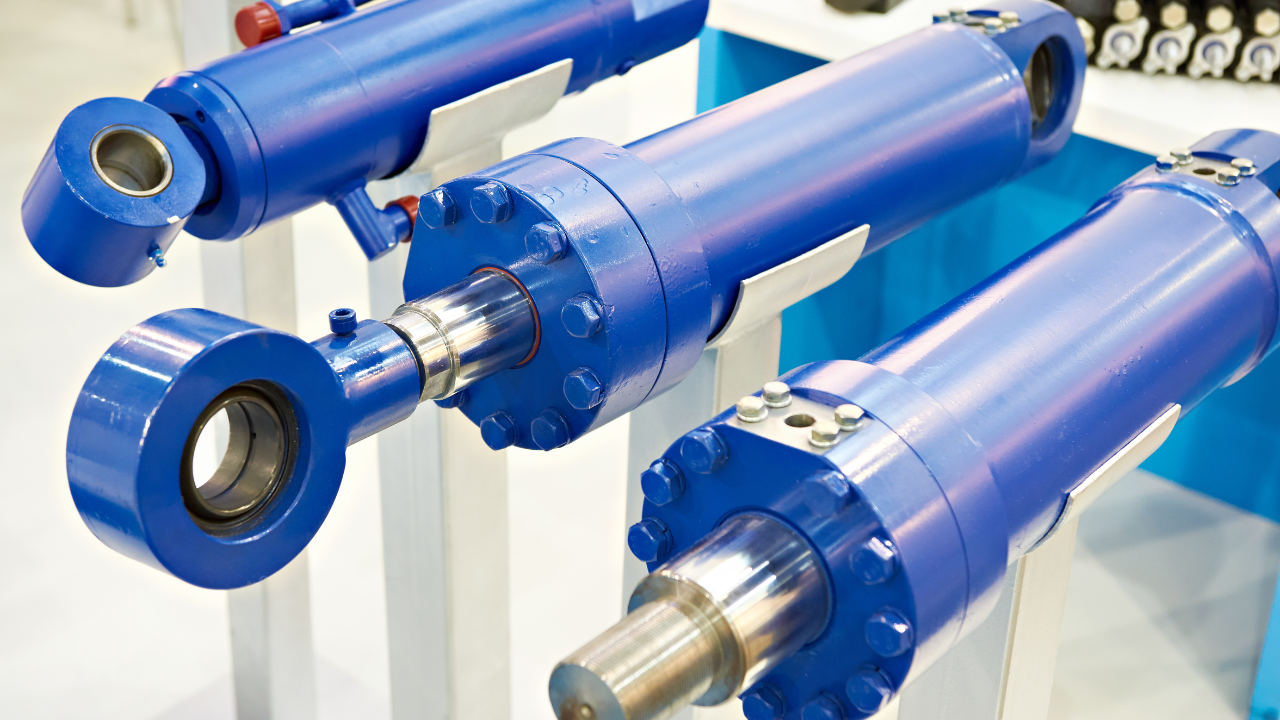How Clean is Clean?
Mark Barnes
If you’re a regular reader of Machinery Lubrication magazine, you’re no doubt fully aware of the impact that solid contaminants can have on the reliability of lubricated machines. In fact, studies have revealed that as much as 70 percent of all premature machine failures can be attributed to contamination. There are three dominant failure modes: abrasion, erosion and fatigue.
Abrasion Abrasion – or more correctly termed three-body abrasion when we’re talking about particle-induced failure – is the process by which particles trapped between two sliding surfaces cut, score and gouge material from a softer machine surface.
Think about the underside of a CD that has been repeatedly placed shiny side down on a dusty surface and then dragged across that surface. It doesn’t take long for scratches to appear on the disc, caused by microscopic dust and dirt particles trapped between the CD and the surface.
Erosion Erosion is also a problem in some systems, particularly those where fast-flowing fluids are present (such as hydraulics). As the contaminated fluid flows under high speed through tight clearance in valves and pumps, tiny particles entrained in the fluid damage the surfaces as they impinge on the surface at high speed. Think about a river in flood stage with tree roots, rocks and other suspended particles traveling downstream. Anyone who has flown over the Mississippi River will know the effects this can have, scouring away the riverbank, creating a series of bends in the river as the water and particles erode away the banks.
Fatigue Unlike three-body abrasion, which is found under sliding friction, fatigue is found under rolling contacts. The most obvious place where rolling contact occurs is the rolling element/bearing race interface in a rolling element bearing. However, rolling contacts are also found at the pitch line of gears and in some cam/tappet contacts in combustion engines. While not always a result of particles, the contaminants present in the rolling contact can induce denting and fatigue stress in the bearing surfaces, which can ultimate lead to spalling and fatigue failure.
A Closer Look at the Micron The reason smaller particles are so damaging is related to their effect on moving surfaces in the dynamic clearances of our machines. Dynamic clearance simply means the separation between moving metal components under operating load, speed, temperatures and pressures. Unlike static clearances which might be measured in thousands of an inch, dynamic clearances are often much smaller, of the order of just a few microns. Typically, our main concern should be what is often referred to as “silt”-sized particles. Silt generally refers to particles in the range of 1 to 5 microns. But how big exactly is a micron?
To give you some perspective, here are some interesting factoids about the micron:
- A micron is one-millionth of a meter.
- One-thousandths of an inch is approximately 25 microns.
- An average (i.e. not high-end) automotive filter will typically only remove 25 to 40 microns and greater-sized particles.
- A typical red blood cell will measure around 3 to 5 microns.
- It would take approximately 400 3-micron particles to cover the head of a pin.
- One inch is approximately 8,500 microns.
- An ISO cleanliness level of 16/14/11 (average cleanliness for a hydraulic system) represents an average of 480 particles greater than 4 microns per milliliter of fluid.
- At 16/14/11, a 1,000-gallon hydraulic tank might contain around 1.8 billion particles greater than 4 microns.
- At 16/14/11, one pump, rated at 50 gallons per minute, is pumping the equivalent of one 50-pound bag of dirt through the pump each year.
- In a hydraulic room measuring 12 feet long by 12 feet wide by 10 feet high, 16/14/11 represents in excess of 21.8 billion particles greater than 4 microns.
So, here’s the challenge: Don’t worry so much about the big stuff – what I like to facetiously call the “rats and small children”. Go ahead and keep all red blood cell-sized particles out of your machines, and reap the benefits that improved cleanliness can provide.
As always, this is my opinion. I’m interested to hear yours.
Related Articles

Proactive Maintenance for Hydraulic Cylinders





